Top 11 biggest storms ever recorded in the World
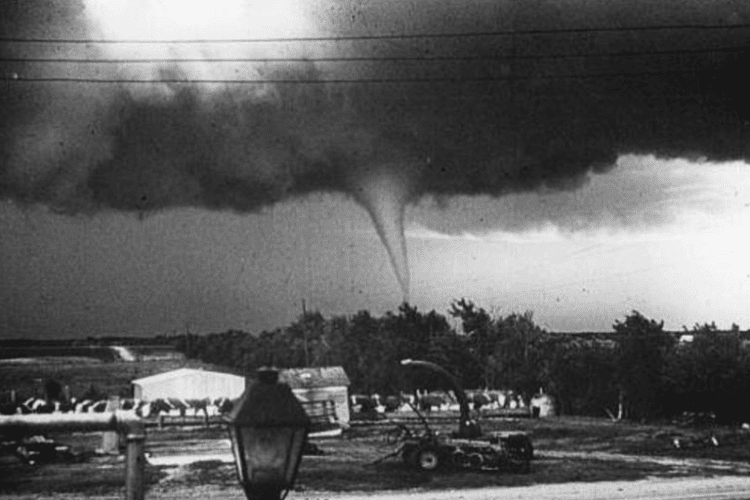
The sheer power of nature manifests itself in the form of monumental storms, reshaping landscapes and altering the course of human lives. Here’s an in-depth look at the top 11 biggest storms ever recorded in the world
1. Super Typhoon Tip (1979)
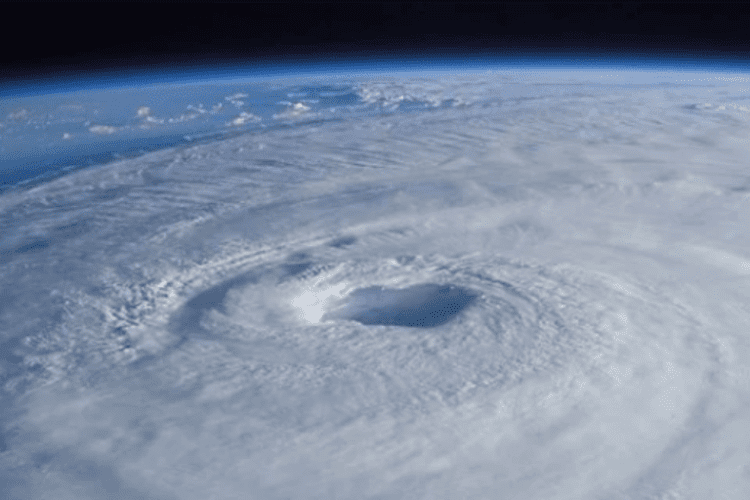
Location: Western Pacific
Description: The largest tropical cyclone ever recorded with an unparalleled diameter of approximately 1,380 miles. Its sheer size made it a meteorological wonder.
Fatalities: Less than 100, but the vast area it covered meant disruptions for countless communities.
Cost: Approximately $300 million USD. Infrastructure damage and disrupted agriculture were significant contributors to this cost.
Impact: The typhoon resulted in severe flooding in Japan, making the residents rethink their infrastructure’s resilience to extreme weather events.
2. Hurricane Patricia (2015)
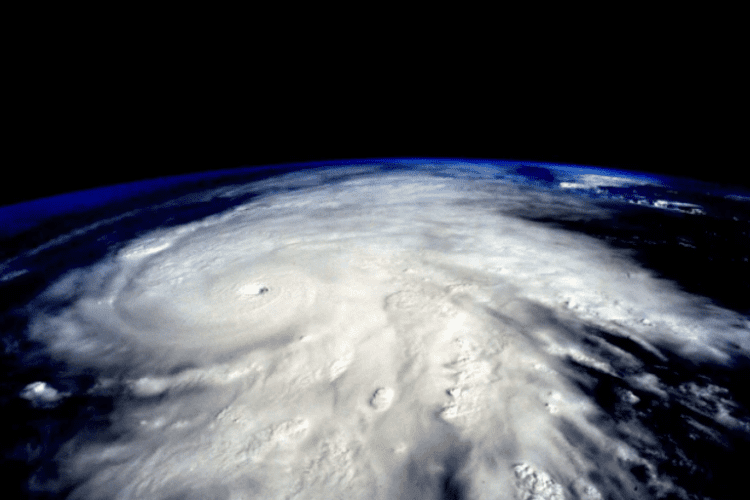
Location: Eastern Pacific, Mexico
Description: Holding the record for the most intense tropical cyclone in the Western Hemisphere, its winds reached an astonishing 215 mph.
Fatalities: At least 13, a testament to improved evacuation procedures and preparedness.
Cost: Over $280 million USD, largely due to property and infrastructure damage.
Impact: The agricultural sector suffered extensively, with thousands of acres of the crop destroyed.
3. Cyclone Catarina (2004)
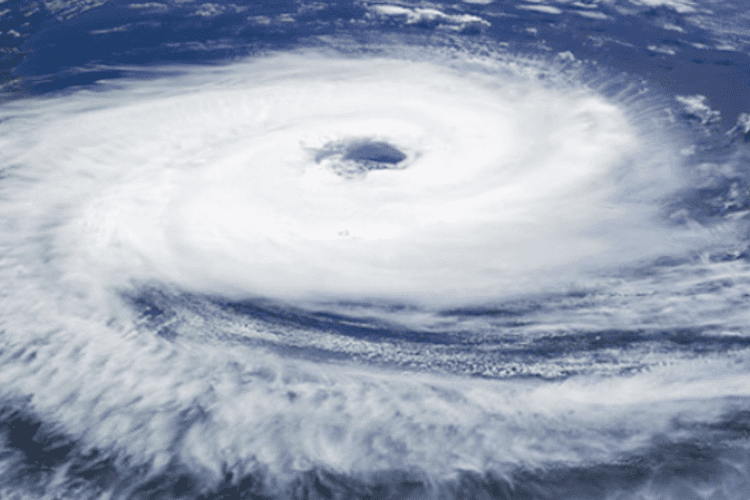
Location: South Atlantic, Brazil
Description: A meteorological anomaly, this rare South Atlantic cyclone was a wake-up call for the region.
Fatalities: At least 10.
Cost: Over $350 million USD, with many homes and businesses affected.
Impact: It underscored the vulnerability of regions unaccustomed to such natural events, emphasizing the need for comprehensive disaster preparedness.
4. The Tri-State Tornado (1925)

Location: USA (Missouri, Illinois, Indiana)
Description: Its 219-mile journey made it the deadliest tornado in U.S. history, leaving an indelible mark on the nation’s psyche.
Fatalities: 695, making communities realize the unpredictability and terror associated with tornadoes.
Cost: Over $1.4 billion when adjusted for inflation.
Impact: This event galvanized efforts to improve tornado prediction and public safety measures.
5. Hurricane Allen (1980)
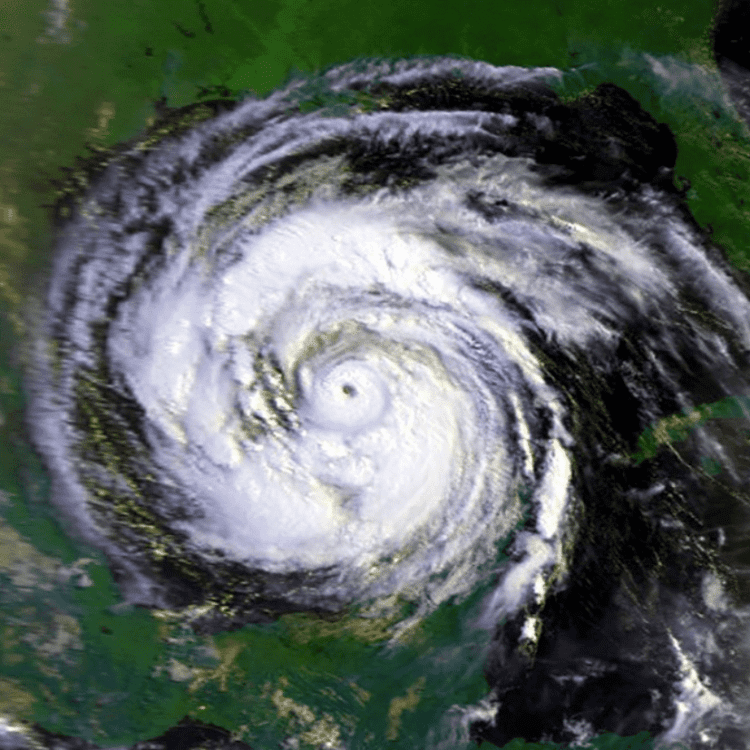
Location: Caribbean, Gulf of Mexico, Northern America
Description: A force to be reckoned with, this hurricane demonstrated its might by reaching Category 5 strength thrice.
Fatalities: Over 270 across multiple countries.
Cost: $1.24 billion USD, affecting several economies.
Impact: Tourism, a significant revenue source for many of the affected regions, took a considerable hit.
6. Bangladesh Cyclone (1970)
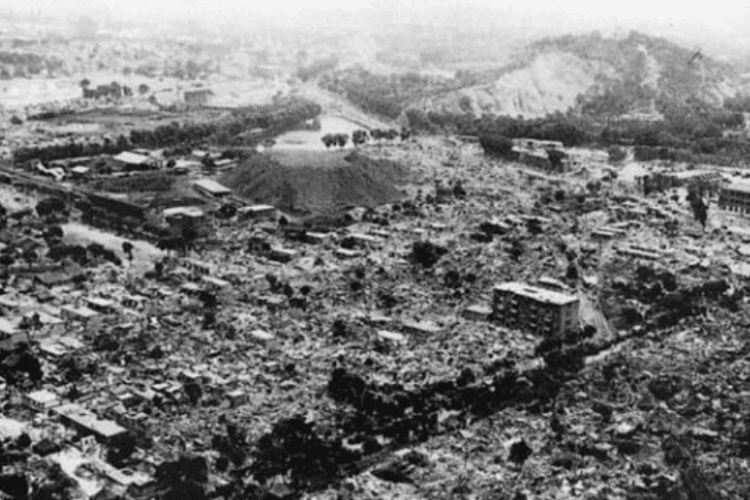
Location: Bay of Bengal, Bangladesh
Description: Its devastating power made it one of history’s most catastrophic storms.
Fatalities: A staggering 300,000 to 500,000.
Cost: Estimated in the billions, but the true cost—both economic and human—is incalculable.
Impact: This disaster played a pivotal role in Bangladesh’s fight for independence the following year.
7. Labor Day Hurricane (1935)
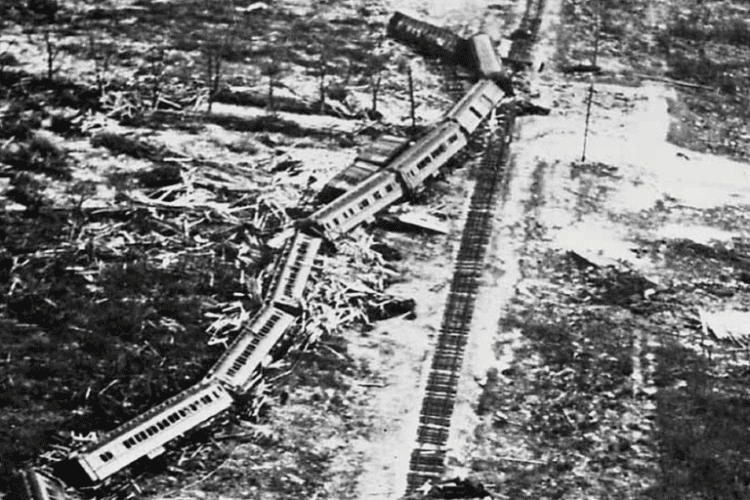
Location: The Florida Keys, USA
Description: With winds of 185 mph, it remains the most intense hurricane to make landfall in the U.S.
Fatalities: Over 400.
Cost: Roughly $6 billion adjusted for inflation.
Impact: The storm’s devastation impacted the Florida Keys’ development and infrastructure planning for years.
8. Galveston Hurricane (1900)
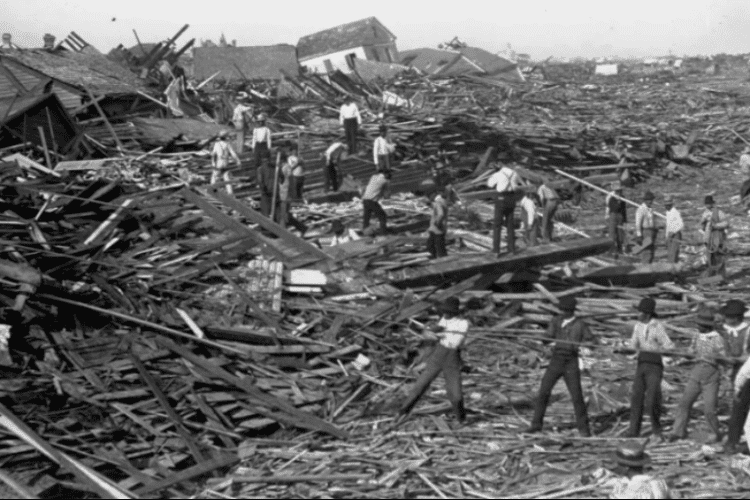
Location: Galveston, Texas, USA
Description: Known for its massive death toll, its impact is felt even today.
Fatalities: An estimated 6,000 to 12,000.
Cost: $600 million when adjusted for inflation.
Impact: The city of Galveston was forever changed, leading to the construction of a seawall and a raised city elevation to combat future storms.
9. Great Hurricane (1780)
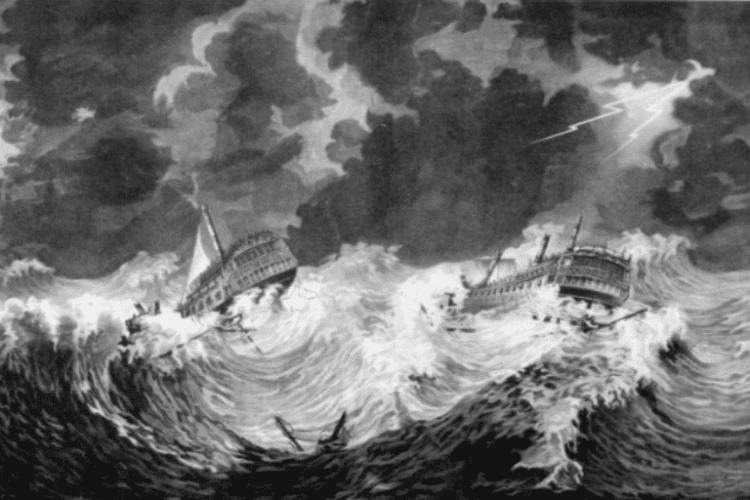
Location: The Caribbean (Barbados, Martinique, and others)
Description: Its historical significance is marked by its massive death toll.
Fatalities: Over 20,000, making it a dark chapter in the Caribbean’s history.
Cost: Difficult to ascertain, but the devastation was vast, with entire settlements erased.
Impact: This event has become a benchmark when assessing hurricanes in the region.
10. Hurricane Camille (1969)
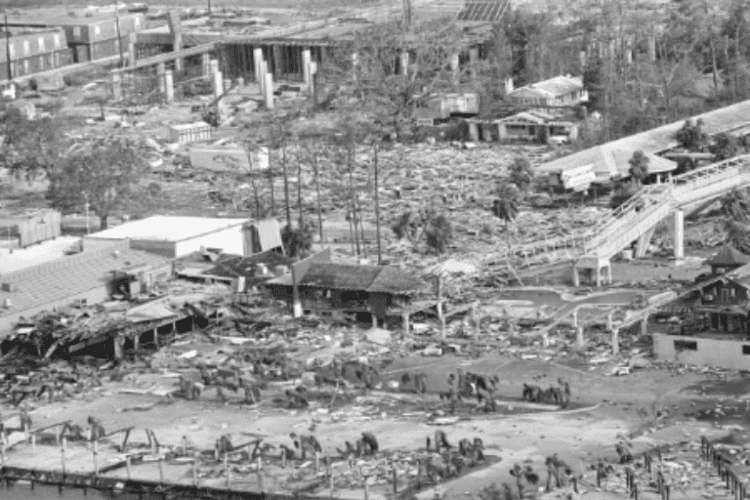
Location: USA (Mississippi, Louisiana, Virginia)
Description: Its ferocity was unparalleled for its time, causing devastation across multiple states.
Fatalities: 259.
Cost: Over $9 billion when adjusted for inflation.
Impact: Coastal towns had to rethink their development and disaster response strategies.
We acknowledge the observation made by @scjms on Twitter (X) regarding the omission of Hurricane Katrina. We sincerely apologize for this oversight and, as a corrective measure, we will include it as an additional entry, labelled as number 11.
11. Hurricane Katrina (2005)
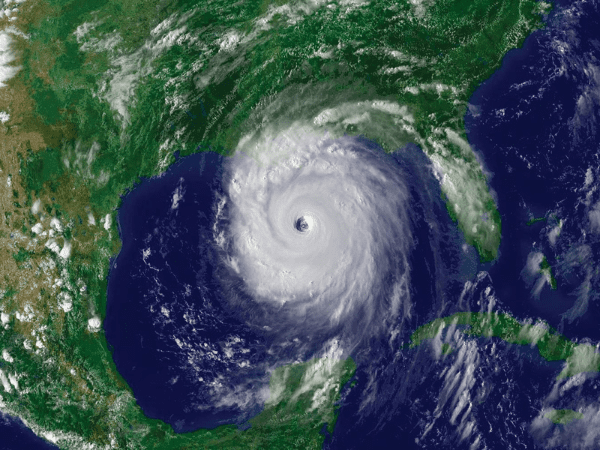
Location: Gulf of Mexico, Southern USA
Description: One of the deadliest hurricanes in the history of the United States, Katrina devastated large parts of the Gulf Coast.
Fatalities: An estimated 1,833.
Cost: Estimated at $125 billion USD, making it one of the costliest natural disasters in U.S. history.
Impact: The catastrophic flooding and the subsequent failure of the levee system in New Orleans exposed critical flaws in the country’s disaster preparedness and response. This disaster underscored the importance of robust infrastructure and the need for coordinated efforts in disaster management.
Storms, while a natural part of our planet’s dynamics, have profound implications for human civilization. These ten storms offer a glimpse into the challenges, tragedies, and resilience that come in the wake of such events. Their lasting legacies serve as reminders of the power of nature and the importance of preparation and adaptability.
“We’ve reached the end of our Top 10 countdown, and we’d love to hear from you! Do you agree with our choices, or is there something we missed that you feel deserves a spot on this list? Let’s start a conversation – comment below with your thoughts and ideas. Your input might just influence our next Top 10!”
If you like this you will like The Top 10 Most Breathtaking & Unusual Natural Phenomena on Earth





